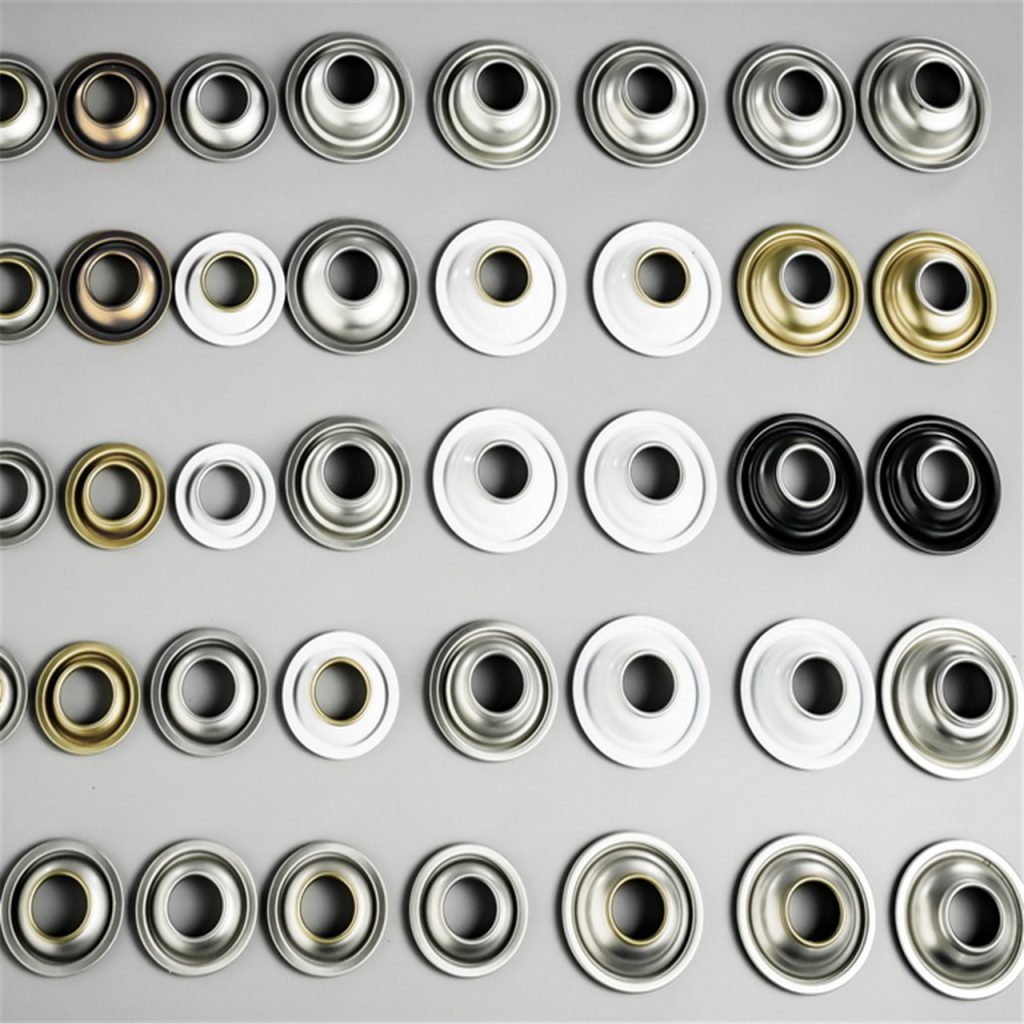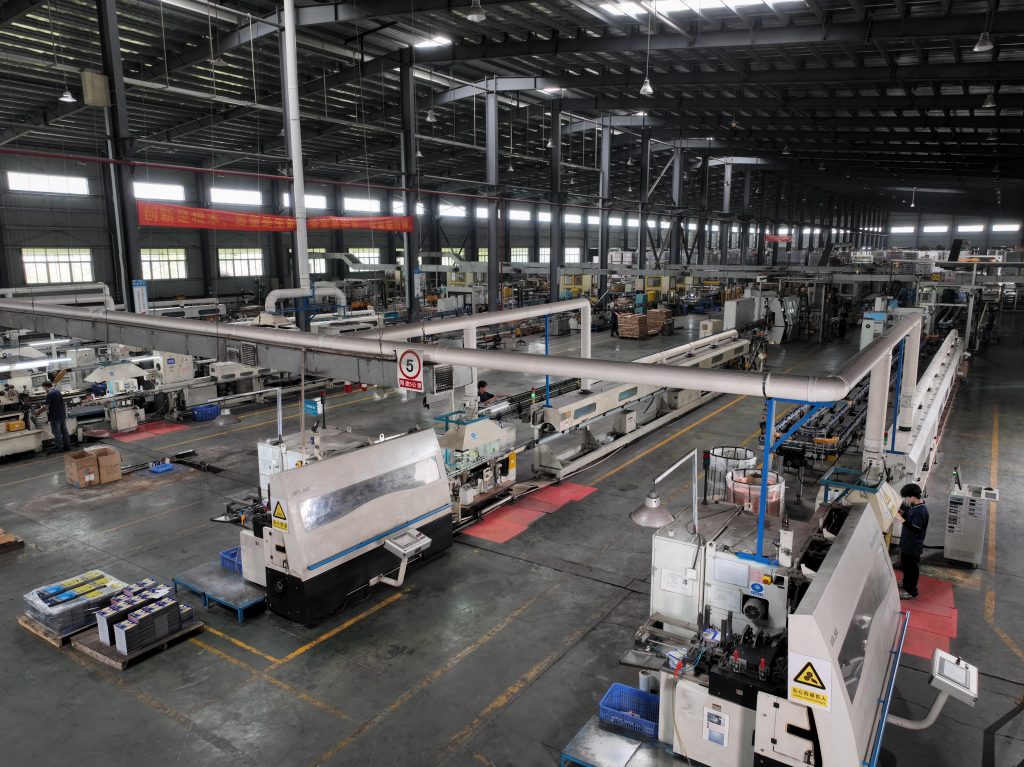Aerosol can manufacturing involves multiple hazards such as high-pressure systems, machinery operation, and flammable materials. Therefore, safety management must be integrated throughout the entire production process. Establishing clear guidelines, enhancing protective measures, and implementing strict controls are essential to building a safety-conscious system. This helps ensure personnel safety and equipment reliability while preventing accidents that could lead to financial losses and operational disruptions.

- Personnel Safety Management
People are central to safety management, which involves both awareness and practical operation. All employees must complete systematic safety training before starting work. The training should cover potential risks, operating procedures, proper use of protective equipment, and emergency protocols. Only those who pass the assessment are permitted to work, and regular refresher courses are mandatory. During operation, workers must wear appropriate personal protective equipment including safety helmets, protective gloves, and anti-static clothing. Loose clothing and jewelry are strictly prohibited in work areas to avoid entanglement in machinery or generation of static electricity. Access rights should be clearly defined: non-authorized personnel are not allowed to operate equipment, adjust parameters, or enter maintenance zones to prevent unauthorized operations.
- Equipment Safety Control
Equipment safety is the foundation of smooth operation and requires full lifecycle management. Daily inspections should be conducted according to a predefined checklist. Regular checks should focus on the lubrication and fastening of transmission components (e.g., gears and chains), the insulation of electrical circuits, the sealing of pneumatic systems, and the functionality of safety devices such as protective covers and emergency stop buttons. If any issues are detected, operations must be halted immediately for repairs. During maintenance, power and air supplies must be disconnected, warning signs must be posted, and assigned personnel should supervise to prevent accidental activation. In addition, regular testing of safety-critical components—such as pressure resistance of high-pressure pipelines and explosion-proof ratings—must be carried out to ensure compliance with standards.
- Material Safety Management
Materials used in aerosol production are often flammable or corrosive and require end-to-end management. Storage must align with material properties: flammable substances should be kept in well-ventilated, fire-resistant areas equipped with firefighting tools and static elimination devices. Corrosive materials must be stored separately to avoid adverse reactions or equipment damage. Dedicated containers and tools should be used during transportation to prevent leakage or impact. Handling must be done carefully—throwing or rough handling is prohibited to avoid can deformation or spillage. The amount of material in the work area should be controlled to prevent over-accumulation. In case of leakage, immediately stop operations, close valves, and use absorbent or neutralizing agents for cleanup. Isolate the affected area and keep ignition sources away to prevent fire or explosion.
- Workspace Safety
A safe working environment is crucial and requires careful planning and risk mitigation. The production area should be logically divided into functional zones such as production, storage, and maintenance, with clear signage and safe distances between them. Access routes must be kept clear and free of obstacles to facilitate emergency evacuation. Environmental parameters should be monitored and controlled: production areas must be well-ventilated to reduce the concentration of flammable gases. Temperature and humidity control systems should be installed to avoid negative impacts on equipment and materials. Explosion-proof lighting must be used, and non-explosion-proof electrical devices are strictly prohibited to prevent sparks. Regular cleaning to remove dust and waste is necessary to avoid explosions or equipment clogging. Install detectors to monitor concentrations of flammable gases and dust in real time, enabling prompt response to abnormal levels.
- Emergency Response Management
A well-prepared emergency response mechanism can significantly reduce the impact of accidents. This includes developing detailed contingency plans and conducting regular drills. Plans should define organizational roles, responsibilities, response procedures, rescue measures, and evacuation routes to enable a rapid and coordinated reaction. Sufficient emergency supplies must be available and inspected periodically. An incident reporting and investigation system should also be established. Whenever an accident occurs, it should be reported promptly. Follow-up investigations must identify root causes, and corrective actions should be implemented to prevent recurrence.
In summary, safety management in aerosol can production must be applied throughout the entire process. By raising staff awareness, enforcing equipment controls, standardizing material handling, optimizing the working environment, and preparing for emergencies, a comprehensive safety net can be formed. Only when safety is ingrained in every procedure and every individual can risks be effectively minimized, ensuring sustained and stable operation of the production line.


